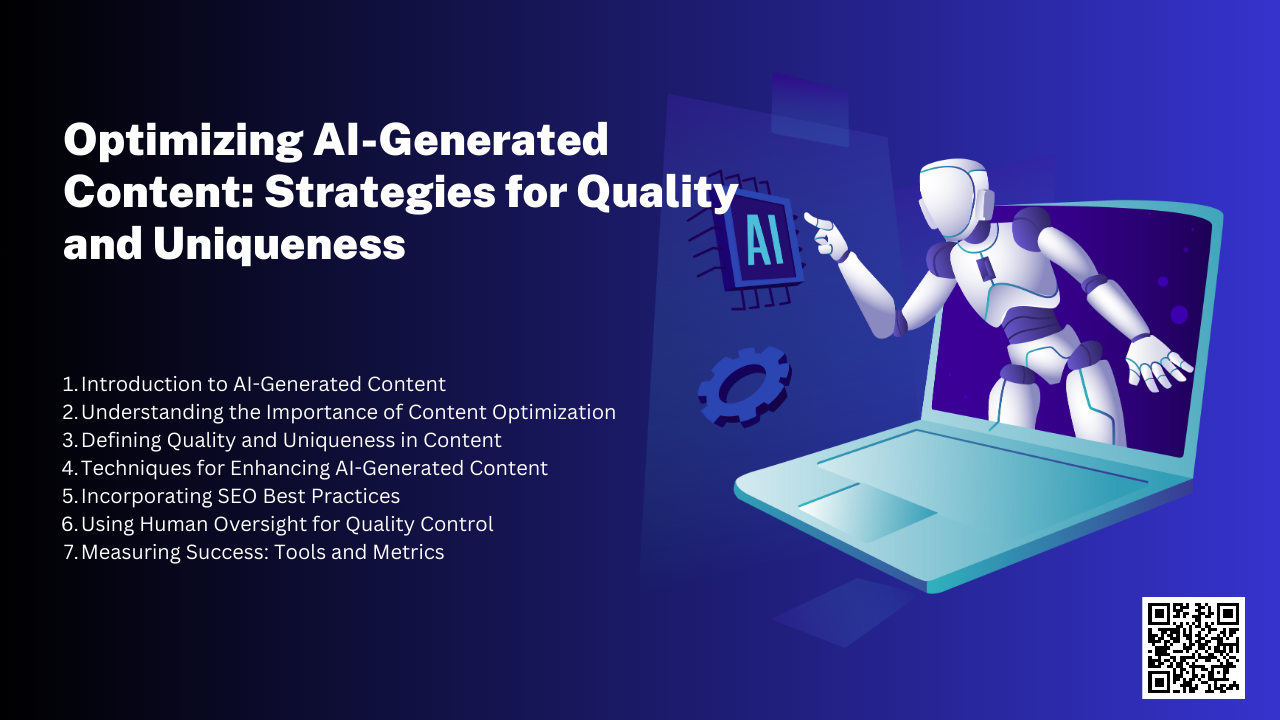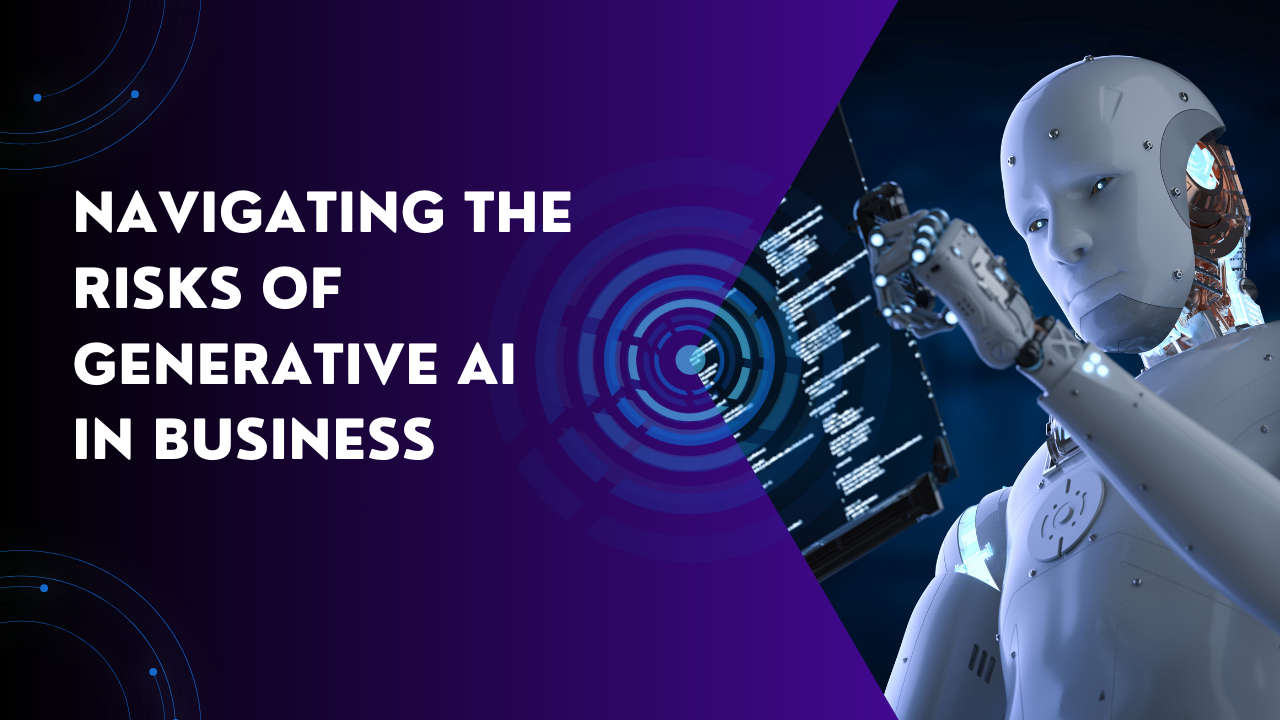Can Bots Solve CAPTCHAs? A Deep Dive into CAPTCHA, AI, and Bot Detection
October 28, 2024 | by codimatesolutions

- Introduction to CAPTCHA
- How Bots Have Evolved
- The Transition of CAPTCHA: From Text to Images
- Behavioral Analysis and Invisible CAPTCHAs
- AI’s Role in CAPTCHA Challenges
- Modern CAPTCHAs: Adaptive Machine Learning and Randomized Tasks
- Risk Scoring and User Behavior Analysis in reCAPTCHA v3
- The Future of CAPTCHA: Emerging Technologies
- Conclusion: The Ongoing Challenge of Bots and CAPTCHAs
Introduction to CAPTCHA
CAPTCHA, an acronym for Completely Automated Public Turing tests to tell Computers and Humans Apart, plays a significant role in enhancing online security. It serves as a vital tool that distinguishes human users from automated software, commonly referred to as bots. The inception of CAPTCHA can be traced back to the late 1990s, stemming from the increasing need to safeguard websites from abusive activities such as automated sign-ups, spamming, and brute force attacks.
The initial forms of CAPTCHA were predominantly text-based tests, where users were required to decipher distorted letters and numbers displayed in a graphic format. These early versions aimed to pose a challenge that was easy for humans to solve but difficult for machines, thus effectively mitigating bot-related threats. Over time, as technology advanced, the methods used in CAPTCHA systems evolved as well. Developers began incorporating more sophisticated challenges that utilized images, audio, and even puzzles, providing an added layer of complexity to the task.
Websites implement CAPTCHA systems to ensure that interactions, such as creating accounts or submitting forms, are conducted by genuine users. By presenting CAPTCHA challenges, websites can significantly reduce the risk of various forms of abuse, ensuring the integrity of online operations. Additionally, with the proliferation of social media and online services, the necessity for robust security measures has become paramount. The implementation of CAPTCHA effectively deters malicious bots and enhances user experience by allowing legitimate users to access content without being impeded by spam or artificial intelligence-driven attacks.
In summary, CAPTCHA has evolved considerably since its inception, transitioning from simple text-based tests to more complex forms, and remains an essential component in the fight against online abuse by distinguishing between human and automated interactions.
How Bots Have Evolved
The evolution of bots has significantly transformed the landscape of internet interaction over the past few decades. Initially, bots were simple scripts designed to automate repetitive tasks, such as data scraping or basic form submissions. These rudimentary bots operated on pre-defined rules, lacking any significant intelligence or adaptability. However, the rapid advancement of technology has led to the development of more sophisticated bots that leverage artificial intelligence (AI) and machine learning. Today’s bots exhibit enhanced capabilities, enabling them to navigate and interact with websites in increasingly complex ways.
The rise of machine learning has allowed bots to analyze patterns and learn from vast datasets, thereby improving their functionality and efficiency. For instance, modern bots can now mimic human behavior to a considerable extent, making them capable of bypassing basic CAPTCHAs that were once effective against simpler scripts. As a result, many websites have had to adopt more intricate CAPTCHA systems, such as those incorporating image recognition or logic-based puzzles that are significantly challenging for bots to solve.
Moreover, there are various types of bots, each designed with specific functionalities in mind. Some bots specialize in social media automation, engaging users and posting content based on trends, while others focus on web scraping, gathering information from multiple sources in real time. Advanced bots can even simulate human interactions in customer service or chatbot roles, providing users with personalized responses and assistance. This evolution raises important concerns regarding bot detection and security, as organizations strive to defend against increasingly adept bots that threaten to undermine the integrity of online environments.
The Transition of CAPTCHA: From Text to Images
CAPTCHA, which stands for Completely Automated Public Turing test to tell Computers and Humans Apart, has undergone significant evolution since its inception. Initially, CAPTCHAs primarily relied on text-based challenges that required users to interpret distorted letters and numbers. These early forms of CAPTCHA were relatively straightforward, allowing bots to develop algorithms to bypass them efficiently. As a result, the effectiveness of text-based CAPTCHAs in distinguishing humans from machines diminished, prompting the need for more innovative solutions.
In response to the growing sophistication of automation and bot technology, the transition to image-based CAPTCHAs became necessary. This shift introduced a new layer of complexity, as image CAPTCHAs present challenges that are inherently harder for bots to tackle. Users may be asked to identify specific objects within a series of images, such as selecting all pictures containing a car or a traffic light. The intricacies involved in these tasks demand a level of cognitive recognition that bots, however advanced, struggle to emulate.
Moreover, the advancement in image recognition technology has played an instrumental role in the design of modern CAPTCHAs. Machine learning algorithms capable of analyzing images have proliferated, but they still generally lag behind human recognition capabilities. Consequently, image CAPTCHAs serve to leverage this gap, ensuring a more effective barrier against automated attacks. Another pivotal aspect of this transition is the ongoing refinement of CAPTCHA challenges, which continually evolves to outpace the technological capabilities of bot development.
As CAPTCHA design continues to progress into more intricate and varied forms, the persistent cat-and-mouse game between bot developers and CAPTCHA creators remains a critical focal point in the long-standing discourse on online security. The transition from text to images exemplifies the innovative strategies employed to maintain the integrity of human verification and the overall security landscape of digital platforms.
Behavioral Analysis and Invisible CAPTCHAs
Over the past few years, CAPTCHA systems have evolved significantly, driven by advancements in artificial intelligence and the pressing need for better bot detection methods. One prominent innovation is the use of behavioral analysis, which allows CAPTCHA systems to assess a user’s interactions to determine whether they are human or a bot. This approach shifts the focus from traditional, overt tests towards subtler methods of evaluation.
Invisible CAPTCHAs, such as Google’s reCAPTCHA v3, exemplify this forward-thinking design philosophy. Instead of presenting users with visually challenging tasks, these systems continuously monitor user behavior behind the scenes, analyzing factors like mouse movements, scrolling patterns, and response times. These metrics offer insights into user intent and engagement, helping distinguish between legitimate human users and malicious bots.
The strength of behavioral analysis lies in its unobtrusiveness. Since users do not need to complete any explicit tasks, the interaction feels seamless; they can navigate websites without interruption. This not only enhances user experience but also increases the likelihood of user compliance with security measures. Bots, on the other hand, struggle to mimic human behavior precisely, especially when faced with subtle, real-time assessments.
Moreover, the implementation of invisible CAPTCHAs encompasses a machine-learning element. As more data is collected from legitimate users, the system is continually trained to improve its detection capabilities. Consequently, invisible CAPTCHAs are becoming more adept at recognizing sophisticated bots that attempt to imitate genuine human activity, thereby reinforcing the security of digital platforms.
Incorporating behavioral analysis and invisible CAPTCHAs indicates a paradigm shift in how systems defend against automated scripts. This evolution not only enhances security but also prepares the ground for future developments in CAPTCHA technology, ensuring it can meet the challenges posed by increasingly sophisticated bots.
AI’s Role in CAPTCHA Challenges
The increasing sophistication of artificial intelligence (AI), particularly in the realms of image recognition and natural language processing, has greatly impacted the effectiveness of CAPTCHAs. Traditionally designed to differentiate human users from bots, standard CAPTCHAs employed various methods such as distorted text or simple image recognition tasks. However, advancements in AI technology have empowered bots to analyze and solve these challenges with remarkable precision.
In image recognition, machine learning algorithms have progressed significantly, enabling bots to interpret complex visual stimuli. These algorithms can now identify components within images, discern patterns, and even replicate simple human-like reasoning. For instance, while a traditional CAPTCHA may require users to select images containing a specific object, AI-powered bots can efficiently analyze the visual attributes of multiple images and solve such tasks almost instantaneously. This capability raises concerns regarding the integrity of CAPTCHA as a security measure.
Moreover, natural language processing has further augmented the ability of AI to tackle text-based CAPTCHAs. Bots can now understand and interpret textual instructions, making it easier to respond accurately to challenges that were once considered exclusive to human cognition. This growing proficiency means that CAPTCHAs relying on textual recognition or comprehension are no longer foolproof against AI systems, thus heightening the necessity for enhanced security measures.
The implications of these advancements stretch beyond simply solving CAPTCHAs. As bots become increasingly adept at these challenges, organizations must continually evolve their security protocols to prevent automated systems from breaching verification measures. Consequently, this dynamic will likely lead to the development of more intricate CAPTCHA systems, designed to keep pace with the escalating capabilities of AI technologies.
Modern CAPTCHAs: Adaptive Machine Learning and Randomized Tasks
In recent years, the evolution of CAPTCHA technologies has led to the implementation of advanced techniques that utilize adaptive machine learning and randomized tasks. Traditional CAPTCHA systems, which relied on static challenges like distorted text or simple math problems, are becoming increasingly obsolete due to the sophistication of modern bots. As a response, developers are now leveraging machine learning algorithms to create CAPTCHA systems that adapt to the user’s behavior and the performance of bot detection systems.
One significant aspect of modern CAPTCHAs is their ability to generate dynamic challenges. Unlike conventional CAPTCHAs, which present the same task to every user, these advanced systems can introduce a variety of tasks that change based on real-time assessments. For example, instead of merely asking users to identify letters, newer CAPTCHAs may require users to solve puzzles, click on specific images, or complete a series of interactive tasks. This variability not only enhances user experience but also complicates the task for automated scripts, which struggle to adapt to ever-changing challenges.
An essential feature of these modern techniques is the adaptive nature of machine learning. By continuously analyzing user interactions, these systems can identify patterns that signal bot-like behavior. Machine learning algorithms can be trained to recognize traits associated with automated submissions, adjusting the difficulty of the CAPTCHA challenge accordingly. For instance, users who respond too quickly or display repetitive behaviors may encounter more complex tests designed to effectively discriminate between humans and bots. This constant evolution makes it significantly harder for bots to predict and solve CAPTCHAs, providing an essential layer of security for online platforms.
As the technology behind CAPTCHAs continues to advance, the integration of adaptive machine learning and dynamic tasks is paving the way for more secure online interactions. By creating systems that are inherently resistant to automation, developers enhance the overall efficacy of CAPTCHA technologies in defending against bot threats.
Risk Scoring and User Behavior Analysis in reCAPTCHA v3
Google’s reCAPTCHA v3 significantly transforms the way online services evaluate user interactions to distinguish between genuine users and automated bots. Unlike its predecessor versions that relied on manually solving challenges, reCAPTCHA v3 employs sophisticated algorithms to assign a risk score based on a user’s behavior and browsing patterns. This score ranges from 0.0 to 1.0, and indicates the perceived likelihood of a user being human, with higher scores representing a stronger assurance of human-like interaction.
To accomplish this, reCAPTCHA v3 collects data on various metrics including mouse movements, scrolling behaviors, and the time spent on a page. By analyzing these attributes, the system effectively identifies inconsistencies that may suggest bot-like actions. For example, bots often navigate webpages with unnatural speed and precision, failing to replicate the subtleties of human behavior. Through these nuanced behaviors, reCAPTCHA v3 enhances security by adapting its challenges according to risk levels, thereby minimizing disruptions for legitimate users while maintaining robust barriers against automated threats.
The implementation of risk scoring also signifies a shift towards continuous authentication, rather than a one-time assessment typically seen in earlier CAPTCHA versions. As users interact with a website, their scores can fluctuate, dynamically reflecting their engagement with the content and other elements on the site. This adaptability allows web administrators to tailor user experiences and security measures effectively; for instance, users identified with lower risk scores may experience frictionless access, while higher-risk users might face more intensive verification measures.
Ultimately, while reCAPTCHA v3 streamlines user experience by reducing the incidence of invasive challenges, it simultaneously presents a complex challenge for bots. The advanced analytics employed in assessing user behavior demonstrate a significant leap in CAPTCHA technology, making bot evasion more difficult while ensuring legitimate users remain connected to the services they seek.
The Future of CAPTCHA: Emerging Technologies
The evolving landscape of technology presents both challenges and opportunities for system developers focused on enhancing CAPTCHA methodologies. Traditional CAPTCHAs, often vulnerable to the rapid advances in artificial intelligence, are gradually being redefined through the incorporation of innovative techniques such as hidden fields, biometrics, and the integration of environmental cues. These emerging technologies hold the promise of creating more robust verification systems that are less susceptible to automated bot attacks.
Hidden fields, or “honeypots,” are one such development that aims to thwart automated scripts. By embedding invisible fields in web forms, legitimate users remain unaware of their presence, while bots attempting to auto-fill the forms will inadvertently interact with these fields, thereby revealing their automated nature. Such measures offer a straightforward yet effective way to enhance CAPTCHA security without hindering user experience.
Furthermore, biometric verification, which relies on unique human characteristics, is gaining traction. Techniques such as fingerprint scans, facial recognition, and voice identification represent a significant shift in how users might authenticate themselves in the future. These methods not only promise to minimize the risk of automated bypassing but also streamline user verification by utilizing attributes that are inherently tied to individual users, thus enhancing security.
Lastly, integrating environmental cues into CAPTCHA systems could redefine the user interface significantly. This approach considers variables such as device orientation, location data, and even user behavior analytics to create a more dynamic verification method. Such adaptations present exciting prospects for CAPTCHA design, allowing for a more intuitive experience while significantly reducing the likeliness of bots successfully engaging with system prompts.
As these innovations unfold, it is crucial for developers to stay ahead of the curve, ensuring that CAPTCHAs not only effectively combat unauthorized bot access but also maintain user-friendliness. The future of CAPTCHA technology lies in its ability to adapt to an ever-changing environment, leveraging emerging trends to provide security with seamless usability.
Conclusion: The Ongoing Challenge of Bots and CAPTCHAs
As the digital landscape evolves, the arms race between CAPTCHA developers and bot creators intensifies. CAPTCHA systems were initially designed as a barrier to distinguish between human users and automated bots, ensuring that only legitimate traffic can access online resources. However, with the advancements in artificial intelligence and machine learning, bots have become increasingly sophisticated in their capabilities to bypass these security measures. This ongoing challenge highlights the need for continuous innovation in CAPTCHA technology.
Developers must adapt and enhance CAPTCHA systems to counter the evolving tactics employed by bot creators. Traditional CAPTCHA methods, such as distorted text and basic image recognition, may no longer be sufficient in the face of modern automated threats. As machine learning algorithms improve their ability to analyze and solve CAPTCHAs, it becomes critical to explore more complex solutions that can withstand automated attempts effectively. Novel approaches, such as behavioral analysis and dynamic challenges, may represent the next frontier in CAPTCHA security.
The importance of this technological evolution cannot be overstated, particularly as more companies and organizations depend on the efficiency and security of their online platforms. As the internet continues to expand and more entities transition to digital operations, maintaining user trust and security is paramount. The implications of a successful CAPTCHA system extend beyond user experience to encompass broader issues, such as data privacy and protection against fraud.
Looking forward, one must consider how this challenge will evolve. Will CAPTCHA systems integrate biometric data or adopt even more advanced methods of authentication? The future of bot detection and CAPTCHA technology remains uncertain, and the stakes are undoubtedly high. The balance between usability and security in the digital realm will continue to prompt discussions on the effectiveness of current strategies and the necessity for future innovations.
RELATED POSTS
View all



